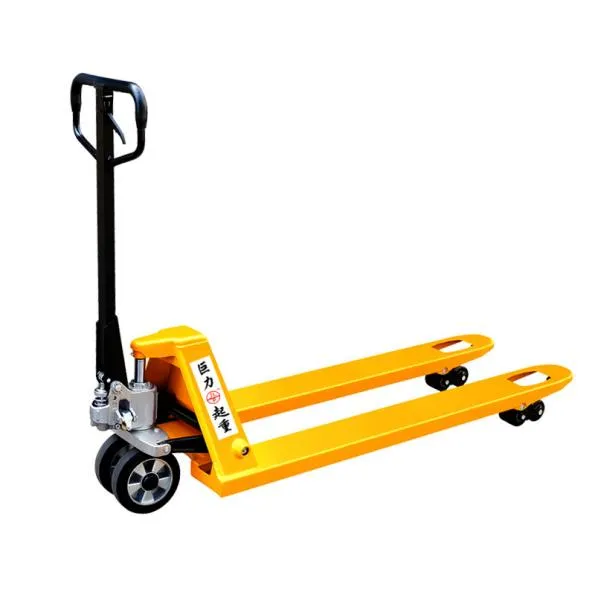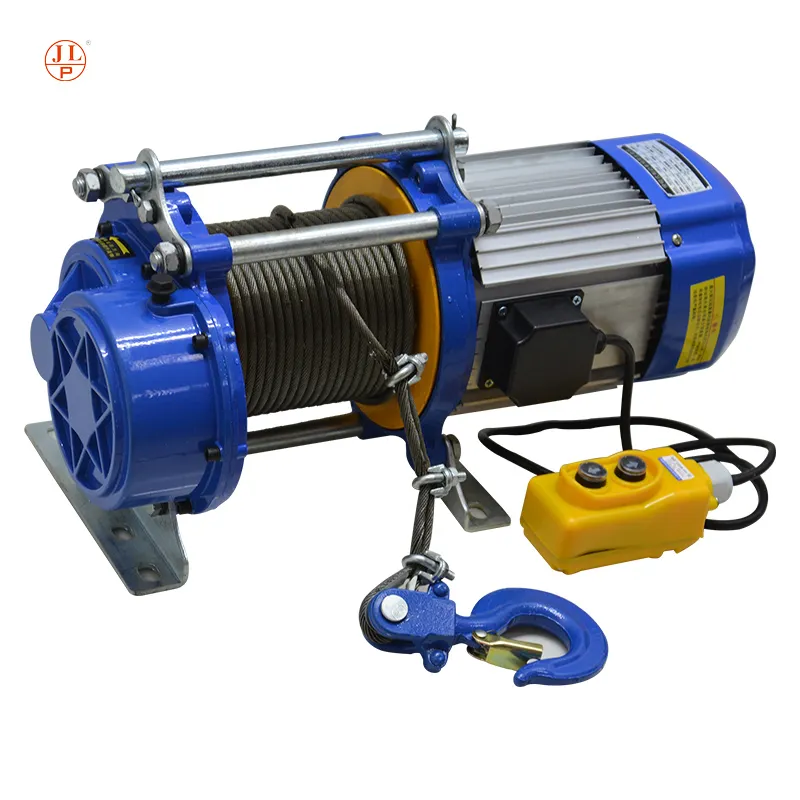The world of heavy lifting and material handling can often be intimidating for those not familiar with the equipment involved. One such piece of equipment is the chain pulley block, specifically the 2-ton variant, which stands as a cornerstone in industries ranging from construction to shipping. This piece aims to provide insightful understanding and appreciation for the 2-ton chain pulley block by highlighting its intricate design, functional attributes, and applications across various fields.

A 2-ton chain pulley block, often referred to as a chain hoist or block and tackle, is an essential tool engineered for lifting and lowering heavy loads with precision and minimal effort. The device comprises a sturdy metal casing enclosing a series of gears and chains that provide the mechanical advantage necessary to lift heavy objects with ease. Its durability and versatility make it an indispensable tool for any operation involving heavy material handling.
From an engineering perspective,
a chain pulley block is a marvel of efficient design. At its core, the device utilizes a system of gears and a load chain. By pulling on the hand chain, the operator turns a drive gear which, in turn, rotates a larger gear connected to a lifting hook via a load chain. This gearing mechanism provides a force multiplier, allowing the operator to lift substantial weights several times their own with little force. The use of high-quality, heat-treated gears and durable chain links further enhances its reliability and longevity.

Safety is a paramount concern when dealing with heavy machinery, and the 2-ton chain pulley block doesn't disappoint. Modern designs incorporate an array of safety features. A crucial component is the automatic brake system, which immediately halts the machine's movement when the pulling force on the hand chain is released, preventing accidental falls and injuries. Additionally, overload protection mechanisms ensure that the hoist will not operate beyond its safe lifting capacity, preserving the equipment and safeguarding operators from potential mishaps.
In terms of functionality, the chain pulley block shines in its ability to adapt to various applications. Whether it's hoisting steel beams in construction or managing warehouse inventory, its compact size and lightweight design facilitate easy transport and setup. The device can be mounted in a stationary position or equipped on a mobile trolley system, providing flexibility to meet the demands of a dynamic work environment.
chain pulley 2 ton
Furthermore, the 2-ton chain pulley block is celebrated for its ability to operate in diverse conditions. Crafted from corrosion-resistant materials, it withstands harsh environments, be it the high humidity of a shipping port or the dust-laden atmosphere of a factory. This resilience is crucial for maintaining the hoist's functionality and ensuring consistent performance across different settings.
Purchasing a 2-ton chain pulley block involves considerations beyond its mechanical specifications. It’s essential to engage with reputable suppliers who provide comprehensive support, including detailed user manuals, robust after-sales service, and training sessions for operators. These resources build trust in the equipment’s performance, ensuring that users can rely on the hoist with confidence in their daily operations.
Training is vital to maximizing the effectiveness of a chain pulley block. Operators should be well-versed in its operation, safety protocols, and routine maintenance to extend the lifespan of the equipment and prevent workplace injuries. Regular inspections for wear and tear, along with scheduled maintenance, are crucial in sustaining the device’s operational integrity.
In conclusion, a 2-ton chain pulley block is a valuable asset in any heavy lifting scenario. Its sophisticated design, combined with safety features and adaptability, make it a tool of choice for many industries. By focusing on reliable suppliers and emphasizing operator training, businesses can harness the full potential of this indispensable equipment, driving efficiency and safety in their operations.








